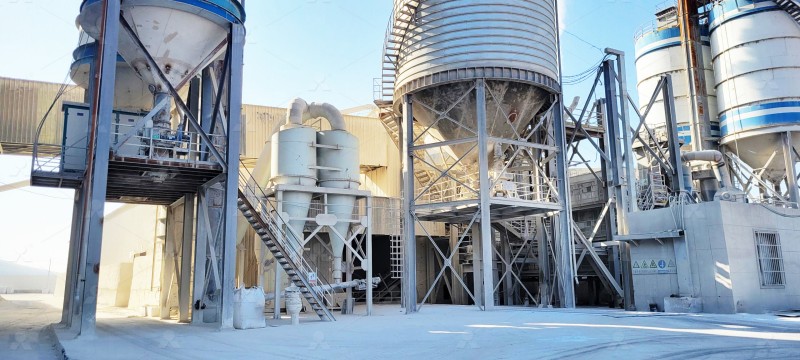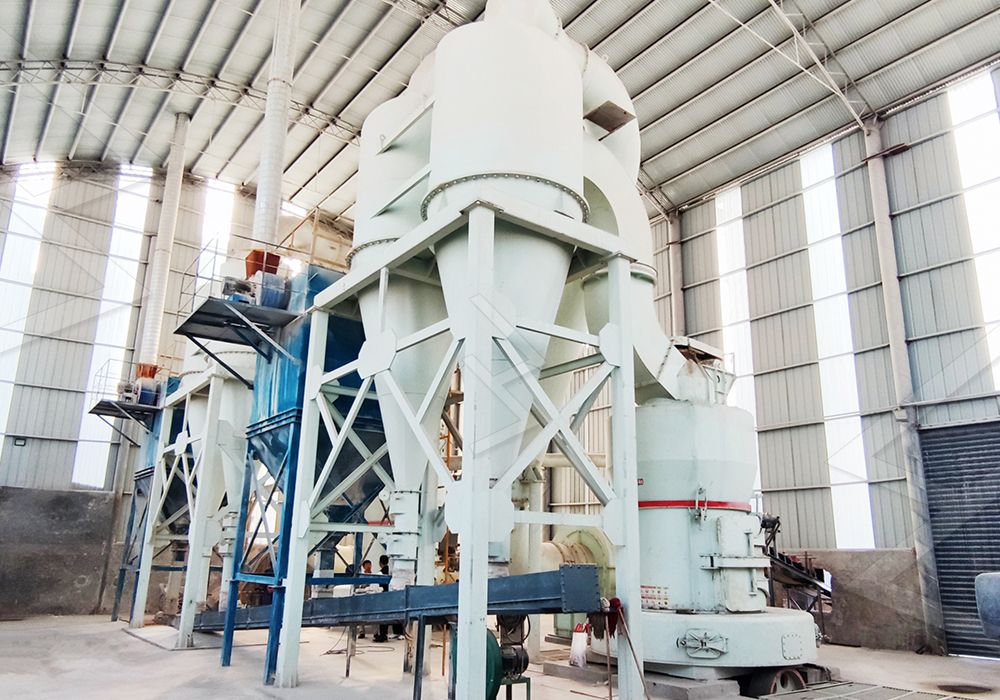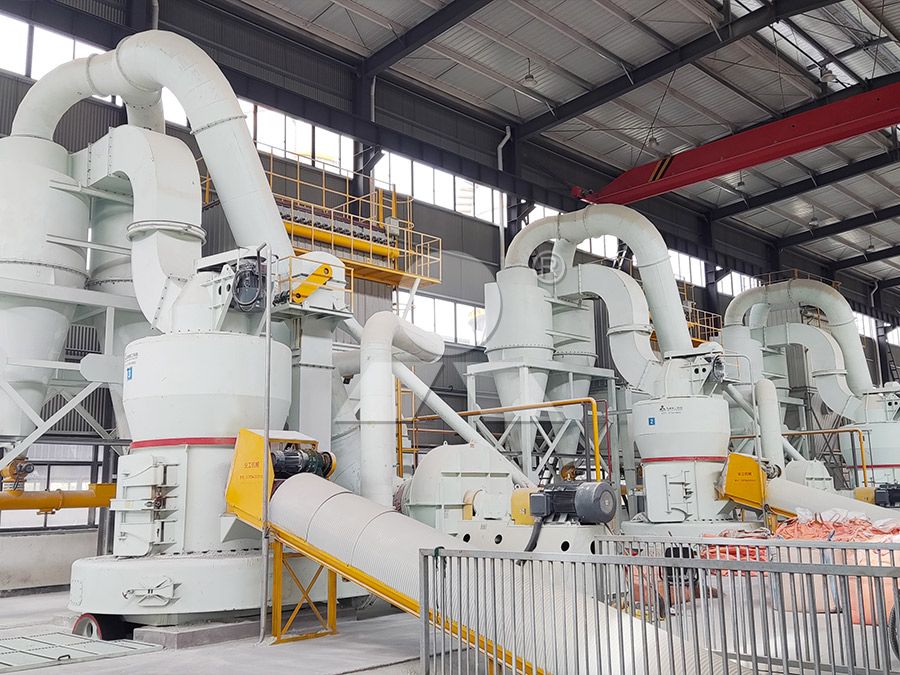Raymond Mill 2715: Complete Technical Specifications and Industrial Applications
Raymond Mill 2715: Complete Technical Specifications and Industrial Applications
For decades, Raymond Mill has stood as a cornerstone in industrial grinding operations worldwide. The Raymond Mill 2715 model represents a significant evolution in this legacy, combining proven mechanical principles with modern enhancements to deliver reliable performance across numerous sectors. As someone who’s worked with grinding equipment for over twenty years, I’ve witnessed firsthand how this particular model maintains its relevance in today’s demanding industrial landscape.

Technical Specifications That Matter
The Raymond Mill 2715 operates with an input size capacity of <25mm and delivers throughput ranging from 0.6 to 5 tons per hour, depending on material characteristics and final fineness requirements. What makes this specification particularly noteworthy is the machine’s adaptability – it can process everything from soft minerals to moderately hard materials without compromising efficiency.
The grinding system employs a centralized electronic control system, allowing operators to monitor and adjust parameters in real-time. The grinding roller assembly features improved spring pressure systems that provide more consistent grinding force, while the redesigned blade geometry enhances material feeding efficiency by approximately 15% compared to earlier models.
Industrial Applications: Where the 2715 Excels
In my consulting work, I’ve specified the Raymond Mill 2715 for diverse applications including desulfurization projects in power plants, non-metallic mineral processing, and construction material production. The machine’s ability to produce powders between 80-325 mesh makes it ideal for:
- Chemical industry raw material preparation
- Mining operations requiring consistent particle size distribution
- Construction material manufacturing
- Metallurgical auxiliary processing
The environmental compliance features deserve special mention. With integrated dust collection systems and noise reduction engineering, the 2715 meets stringent regulatory requirements while maintaining operational efficiency.

When to Consider Advanced Alternatives
While the Raymond Mill 2715 handles many applications admirably, operations requiring ultra-fine powders or higher throughput should consider our MW Ultrafine Grinding Mill. This advanced system processes materials at 0-20mm input size with capacities ranging from 0.5-25 tph, producing powders between 325-2500 meshes. The absence of rolling bearings and screws in the grinding chamber eliminates common failure points, while the German-designed cage-type powder selector ensures exceptional separation precision.
For operations demanding the absolute latest in grinding technology, our LUM Ultrafine Vertical Grinding Mill represents the cutting edge. With input size of 0-10mm and capacity of 5-18 tph, it incorporates Taiwanese grinding roller technology and German powder separating technology. The reversible structure allows maintenance personnel to easily move grinding rollers out of the body for inspection and replacement, significantly reducing downtime.
Operational Considerations
Proper installation and maintenance are crucial for maximizing the Raymond Mill 2715’s service life. I always recommend:
- Ensuring adequate foundation strength to handle operational vibrations
- Implementing regular inspection schedules for grinding rollers and rings
- Maintaining proper lubrication protocols
- Training operators on material feeding consistency
The economic advantages become particularly apparent when calculating total cost of ownership. The 2715’s simple design translates to lower maintenance costs and easier repairs compared to more complex systems.

Frequently Asked Questions
What is the typical lifespan of critical components in the Raymond Mill 2715?
With proper maintenance, grinding rollers and rings typically last 1,500-2,000 operational hours before requiring replacement, depending on material abrasiveness.
Can the Raymond Mill 2715 handle moist materials?
While it can process materials with moderate moisture content, performance optimal with materials containing less than 6% moisture. For higher moisture materials, consider systems with integrated drying capabilities.
How does the 2715 compare to ball mills for similar applications?
The 2715 offers approximately 30-40% lower energy consumption and requires 50% less floor space compared to ball mills of equivalent capacity.
What safety features are incorporated?
The system includes mechanical limit protection, overload protection, and integrated dust collection to maintain safe working environment conditions.
When should I consider upgrading to more advanced grinding systems?
Consider moving to our MW or LUM series when your operations require finer powders (beyond 400 mesh), higher throughput, or specialized materials with unique grinding characteristics.
